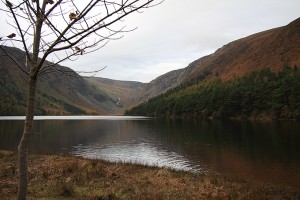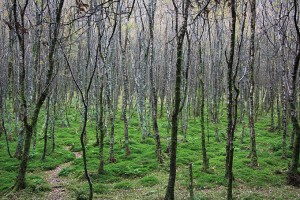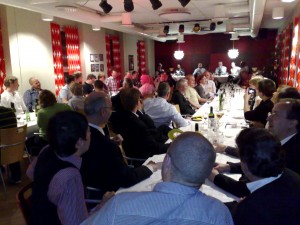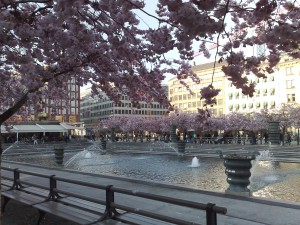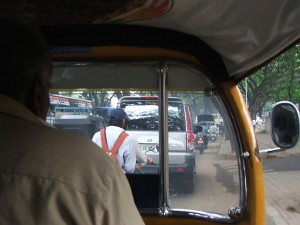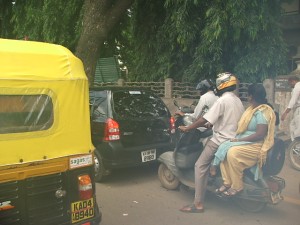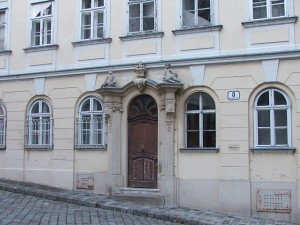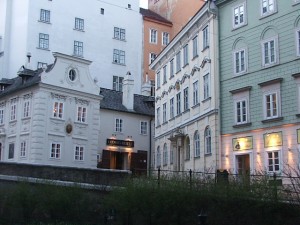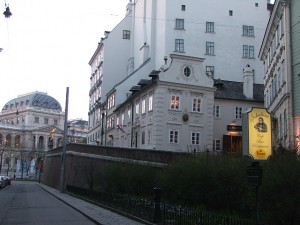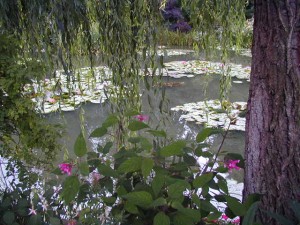2009-03-03: Recent international attention has been drawn, in a morbid sort of way, to the current economic condition of two contrasting cities in the United Arab Emirates (UAE) – Abu Dhabi and Dubayy (Dubai).
In the month of October, 2008, I was very pleased to travel to both of these cities for the first time … with the purpose of introducing the subject of Sustainable Fire Engineering at a Building Seminar in the World Trade Centre, Dubayy. My host was, and is more so now, convinced that this innovative approach to fire engineering offers a key to future commercial success in the Gulf Region.
Before making my presentation, however, I had spent some essential days wandering around Abu Dhabi … soaking up the local atmosphere and culture.
Arriving later in Dubayy, I was ‘shocked and stunned’ – a vivid Dublin expression – to see that Billions of Dirhams (the local currency) had been spent on re-creating the Nightmare that is the 20th Century American City … where, if you want to just scratch your nose, you must get into your car – or one of them at least – to do so.
It was tragic to see how the local authorities were trying to ‘shoehorn’ an Urban Rail System into the existing City Fabric … ducking, and weaving in and out, between road overpasses and spaghetti junctions which had only been built in the last 10 years.
Sightings of UMO’s (Unidentified Moving Objects) … pedestrians and cyclists … are extremely rare ! The local summer, by the way, is the only season when it is definitely unhealthy to engage in either activity … temperatures can regularly reach into the low 50s oC.
People are much smarter in Abu Dhabi – so I was told. They have seen the mistakes which have been made up the road, and they are determined to take a different path with their future development.
“How long will it take to transform and re-shape Abu Dhabi into a Sustainable City ?”, I was asked.
In order to answer that question, a new language is required. Let me introduce you to some of its Technical Terms … which, even after many years of sweat and toil in SDI, are still being regularly reviewed, revised and updated:
Human Environment …
Anywhere there is, or has been, an intrusion by a human being in the natural environment.
The Human Environment comprises, and must be taken together as a unified, complex whole:
Social Environment …
The complex network of real and virtual human interaction – at a communal or larger group level – which operates for reasons of tradition, culture, business, pleasure, information exchange, institutional organization, legal procedure, governance, human betterment, social progress and spiritual enlightenment, etc.
The Social Environment shapes, binds together, and directs the future development of, the Built (including Virtual) Environment.
Built Environment …
Anywhere there is, or has been, a man-made or wrought (worked) intervention by humans in the natural environment, e.g. cities, towns, villages, rural settlements, services, transport systems, roads, bridges, tunnels, and cultivated lands, lakes, rivers, coasts, seas, etc.
Virtual Environment …
A designed environment, electronically-generated from within the Built Environment, which may have the appearance, form, functionality and impact – to the person perceiving and actually experiencing it – of a real, imagined and/or utopian world.
Long before the present seismic upheavals and sordid revelations … the intuition of many people around the world had been informed that ‘economics’ inhabited its own closed environment … and operated to entirely different ‘rules’ from the rest of us – mere peasants – which are anything but open and transparent. The ‘actors’ in this Economic Environment are not accountable. Well … not yet, anyway !
Economic Environment …
The intricate web of real and virtual human commercial activity – operating at micro and macro-economic levels – which facilitates, supports, but sometimes hampers or disrupts, human interaction in the Social Environment.
And, still under development … the Institutional Environment.
Social Wellbeing …
A general condition – in a community, society or culture – of health, happiness, creativity, responsible fulfilment, and sustainable development.
Individual Welfare …
A person’s general feeling of health, happiness and fulfilment.
And finally for now:
The City …
A geographical region, with open and flexible boundaries, consisting of:
(a) An interwoven, densely constructed core (built environment) ;
(b) A large resident population of more than 500,000 people (social environment) ;
(c) A supporting hinterland of lands, waters and other natural resources (cultivated landscape) ;
together functioning as …
(i) a complex living system (analogous to, yet different from, other living systems such as ecosystems and organisms) ; and
(ii) a synergetic community capable of providing a high level of individual welfare and social wellbeing for all of its inhabitants.
.
.
END
